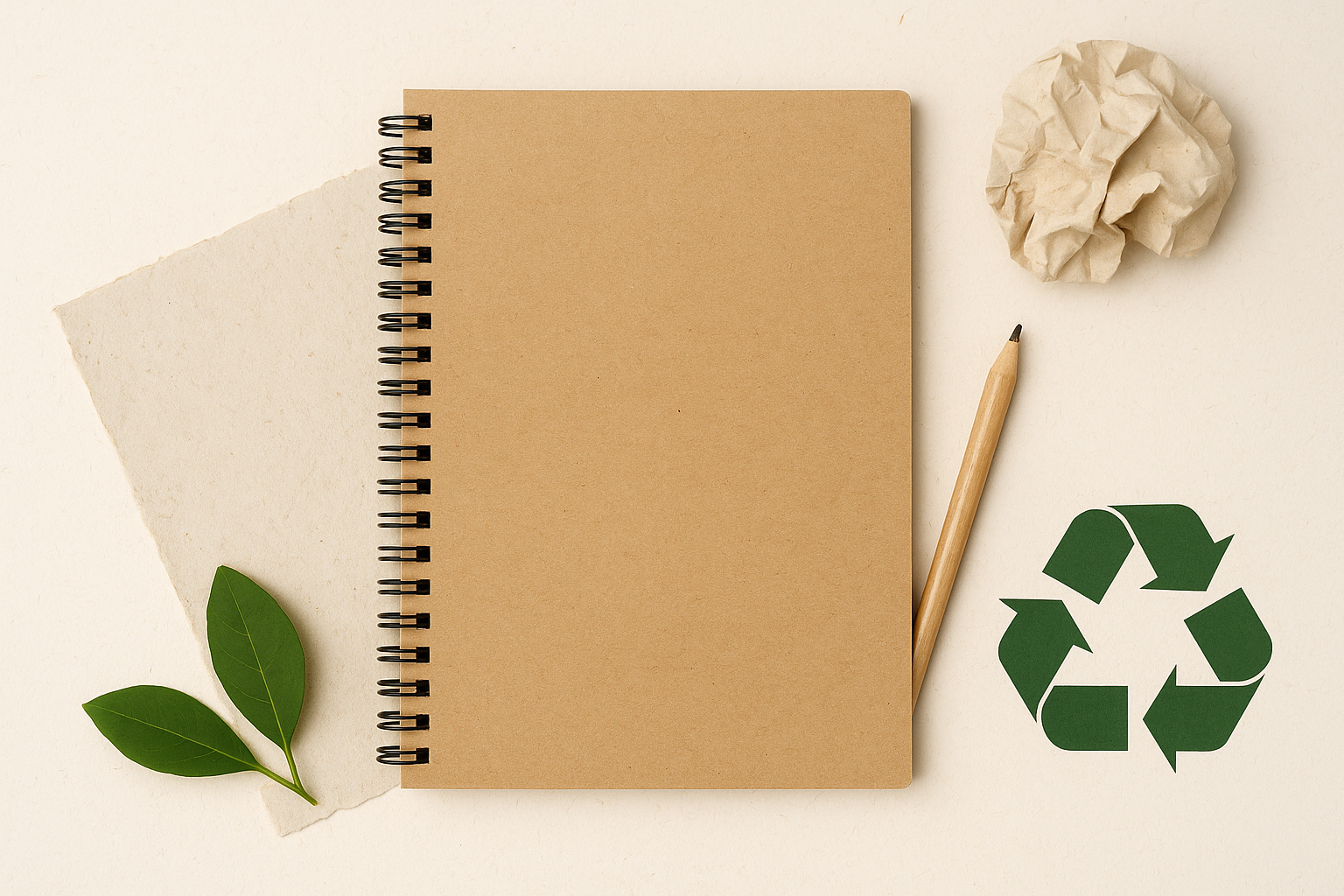The recycling of waste paper is an essential component of sustainable waste management practices. The paper industry is one of the largest users of natural resources and has a significant impact on the environment. Recycling waste paper can reduce the amount of waste in landfills and the demand for virgin timber.
In this article, we will discuss the innovations in waste paper recycling, the environmental benefits of these advancements, and the challenges and opportunities in the industry.
Advancements & Innovations in Waste Paper Recycling
Use of enzymes and bacteria to improve the quality of recycled paper
One promising innovation in waste paper recycling is the use of enzymes and bacteria to break down ink and other contaminants in paper fibres. This process, known as enzymatic deinking, allows for the production of higher quality recycled paper that is comparable to virgin paper in terms of brightness and strength.
Development of new methods for separating paper for recycling
Another area of innovation in waste paper recycling is the development of new methods for separating different types of paper for recycling.
Using advanced technologies like artificial intelligence and machine learning technologies, the sorting and separation of different types of paper for recycling have become more accurate and efficient.
Also, improved sorting paper recyclers are able to separate out higher-quality fibres and minimise the contamination of the recycled paper product. This can lead to increased efficiency and reduced costs in the paper recycling process.
Research on recycled paper in 3D printing and other applications
In addition to improving the quality and efficiency of recycled paper production, research is also being conducted on the use of recycled paper in innovative new applications.
One such application is 3D printing, where recycled paper fibres can be used as a low-cost, environmentally friendly alternative to traditional plastic filaments. Other potential applications for recycled paper include building materials, insulation, and even food packaging.
Environmental Benefits of Waste Paper Recycling
Reduced carbon emissions and energy consumption
One of the key environmental benefits of waste paper recycling is the reduction in carbon emissions and energy consumption compared to virgin paper production.
By using recycled paper fibres instead of virgin wood fibres, paper mills are able to save significant amounts of energy and reduce their greenhouse gas emissions.
Reduced pressure on natural resources such as timber and water
In addition to reducing carbon emissions and energy consumption, waste paper recycling also helps to reduce pressure on natural resources such as timber and water. By using recycled paper fibres, paper mills are able to reduce their reliance on virgin wood fibres and minimise the impact of logging on forests and ecosystems.
Additionally, recycling paper helps to conserve water resources by reducing the amount of water required for paper production.
Positive impact on global sustainability and climate change
Finally, advancements and innovations in waste paper recycling have the potential to make a significant positive impact on global sustainability and climate change. By reducing carbon emissions, conserving natural resources, and minimising waste, waste paper recycling helps to create a more sustainable and environmentally responsible future for generations to come.
Challenges and Opportunities in Waste Paper Recycling
Barriers to the adoption of new recycling technologies
Despite the many benefits of waste paper recycling advancements and innovations, there are still barriers to the adoption of new recycling technologies. These can include high costs, lack of awareness or education about the benefits of recycling, and resistance from industry stakeholders who may be resistant to change.
Opportunities for collaboration and partnerships among stakeholders
However, there are also many opportunities for collaboration and partnerships among stakeholders in the waste paper recycling industry. By working together to identify and overcome these barriers, stakeholders can help to promote the adoption of new recycling technologies and drive progress towards a more sustainable future.
Future research and development needs in the waste paper recycling industry
Finally, there are also future research and development needs in the waste paper recycling industry that will be critical to driving continued progress and innovation. These can include areas such as improving the efficiency of the recycling process, identifying new applications for recycled paper, and developing new materials and technologies to support waste paper recycling.
Conclusion
Waste paper recycling is an essential component of the effort to reduce waste and promote sustainability. Advancements & innovations in waste paper recycling are making the process more efficient and sustainable, while the use of recycled paper has significant environmental benefits.
Despite the challenges, the waste paper recycling industry has many opportunities to grow and innovate. As consumers and businesses become more aware of the benefits of recycled paper, the demand for sustainable products and packaging will continue to increase.
Looking to switch to recycled paper? At Rescript, we have a range of premium quality recycled paper & stationery products, at no extra cost!
Shop Now!


